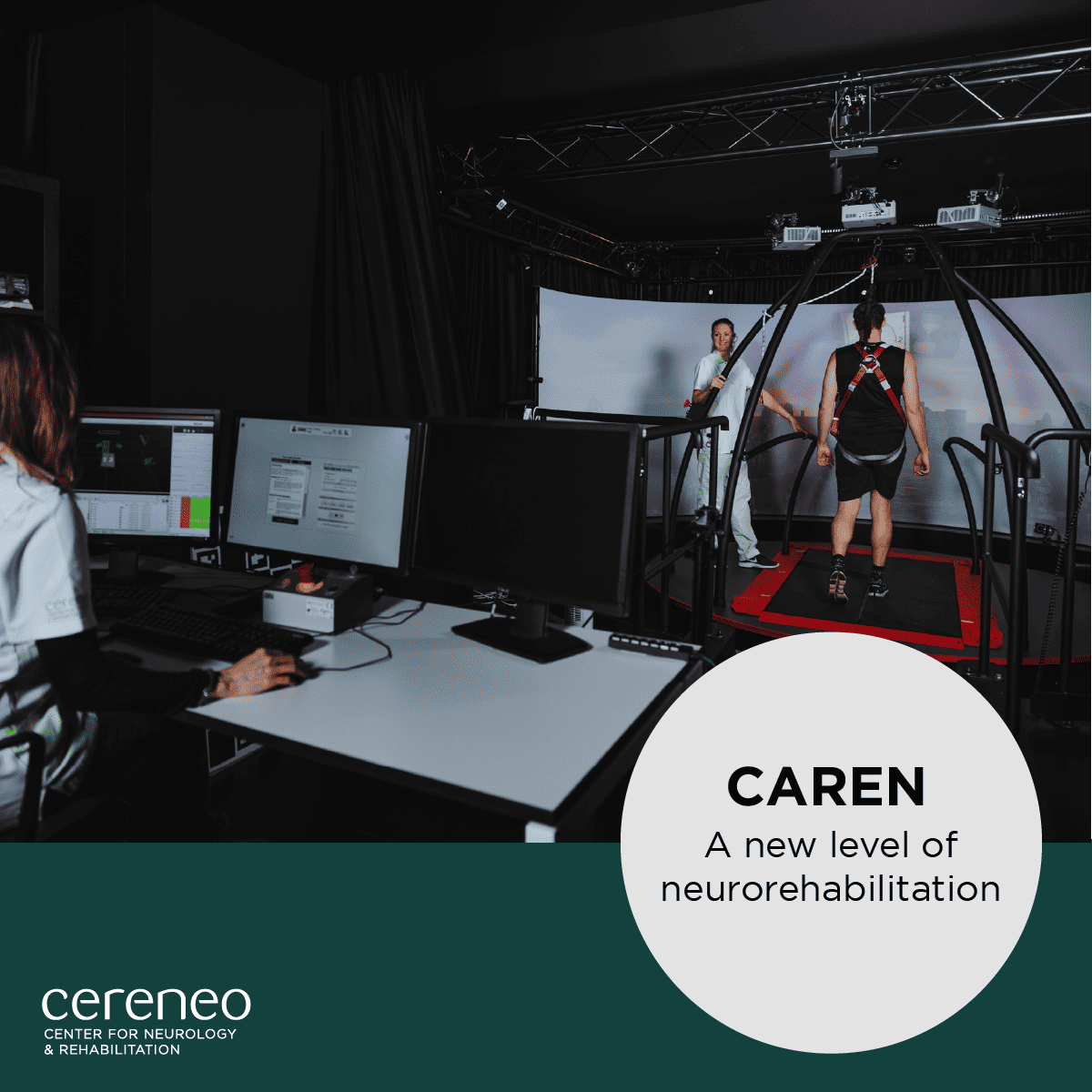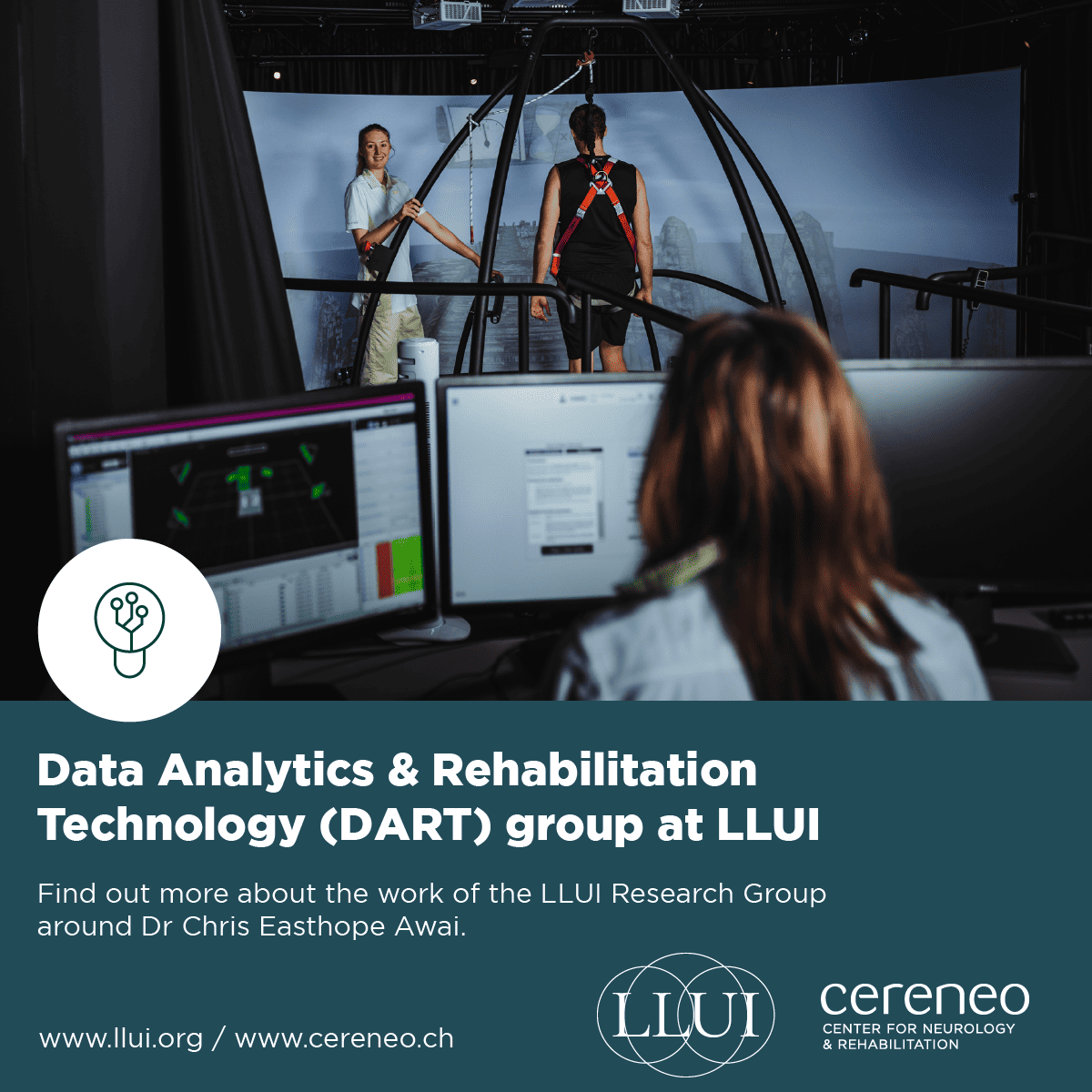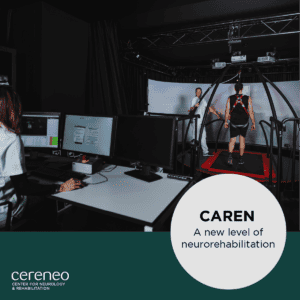Dr Johanna Klar has been working as a neuropsychologist at cereneo since October 2021. In her master’s degree and doctorate in psychology, she delved into the field of neuroscience. It is important to her that clinical diagnostics and therapy are very closely linked to research. At cereneo, Johanna can optimally combine her clinical and research activities due to the direct connection to research. The exchange between research and practice is so important because it is precisely this that advances neuropsychology and allows patients to benefit from the latest findings.
What is neuropsychology?
Neuropsychology focuses on the functions of the brain, such as attention, memory or visual perception. Neuropsychologists study how brain functions affect behaviour and thinking ability, especially when there are changes or impaired functions as a result of an accident, illness or other causes. Neuropsychologists help to understand the effects of impaired brain functions and develop treatment plans to help people cope with cognitive impairments and behavioural changes.
Where is neuropsychology used?
Neuropsychology is an essential component in neurorehabilitation, e.g. after a stroke, in Parkinson’s disease, Multiple Sclerosis or other neurological diseases. However, neuropsychologists can also be found in neurological clinics such as memory clinics, where the focus lies on the assessment and treatment of dementia.
One of the main tasks of neuropsychologists is to determine the extent of cognitive deficits and to identify current resources. This can be in the context of a rehabilitation stay or also before operations on the brain, e.g. in Parkinson’s disease for the use of a deep brain stimulator or in epilepsy.
Other areas of application are the clarification of learning difficulties such as dyslexia and dyscalculia or ADHD in children, in outpatient practices, in psychiatric clinics and in research.
Neuropsychology is an important component of rehabilitation in neurological diseases. What exactly are the tasks here?
We lay the foundation with a detailed diagnosis. The aim is to identify problems that may not be recognisable at first glance, but also to determine existing resources of the patient, i.e. what is not working anymore and what is still working well. This includes memory, attention and concentration, executive functions, visual perception disorders and emotional well-being.
We take a detailed medical history, often involving the relatives. The main aim here is to find out which limitations are perceived in everyday life. After analysing the results, we discuss them with the patients in order to define the individual goals for the therapy.
What do these goals look like?
They are very different: from getting back to work to staying focused and awake for 10 minutes or knowing what day it is.
Depending on the goal, we adjust the intensity of the therapy. Our primary goal as neuropsychologists is always restitution, i.e. the restoration of impaired functions. If patients are very severely affected or the end of inpatient rehabilitation is coming up, we also look at possible compensation strategies and train relatives to enable patients to achieve maximum independence and autonomy in everyday life at home. Ideally, we continue to accompany the patients with online therapy after they return to their familiar environment. This allows us to continue the therapy from the clinic and further promote recovery.
What therapy options are used in the process?
At cereneo, our work is evidence-based. This means that we work with the latest research results and guidelines and adapt our therapy concept accordingly. Our therapies are always very individually tailored to the patient. We work with specially developed computer programmes, but also use the latest technical possibilities such as non-invasive brain stimulation (tDCS) or a driving simulator. We also take into account the resources and interests of the patients. The therapy should be fun so that the patients are motivated to achieve their goals.
What makes working at cereneo so special for you?
That we have enough time for the patients and try to achieve the maximum even with patients who have severe limitations. This is possible on the one hand because patients can receive a very high therapy frequency with up to 3 neuropsychology therapies per day, but also because we look for individual solutions for the patients and often try to make the impossible possible.
On the other hand, we are in constant exchange with the other therapists, doctors and nursing staff. We often carry out co-therapies, e.g. with physiotherapy. In this case, an additional task for attention can be incorporated during the movement exercise.










